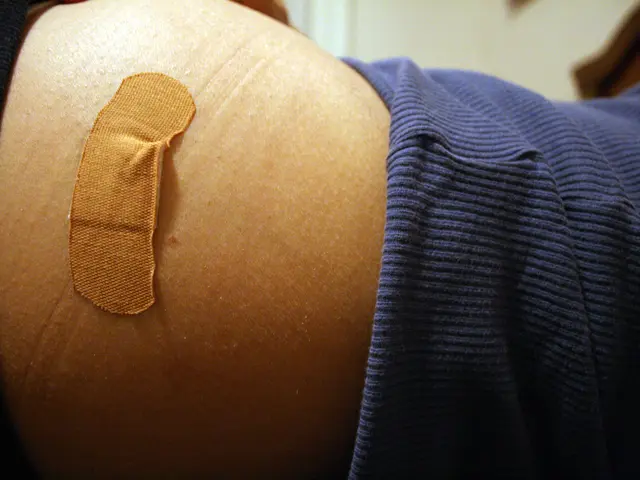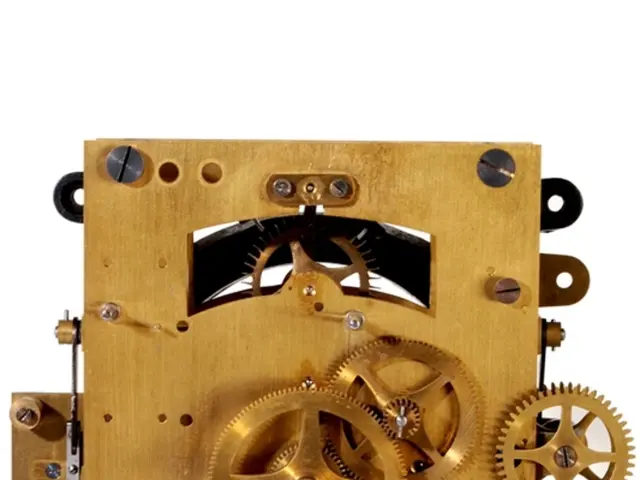Surgical Procedure for Duodenal Switch: Description, Purpose, Steps Involved
Duodenal switch surgery, a combination of two weight loss procedures, is considered the most reliable option for those battling severe obesity. This surgical procedure is typically recommended for individuals with a body mass index (BMI) of 50 or greater, or those with a BMI of 40 or more who have underlying conditions related to obesity.
The surgery begins with the first part, where the stomach is reduced to a narrow sleeve. This is followed by the second part, which involves a cut at the duodenum and another near the lower intestine. The duodenum is then attached to a lower portion of the small intestine, limiting food intake and nutrient absorption.
Traditional duodenal switch surgery involves a large incision across the abdomen, while laparoscopic procedures use smaller incisions, resulting in less post-operative pain and a faster recovery. The updated modified (loop) duodenal switch surgery splits at the duodenum but only requires one reattachment, bypassing less of the small intestine.
Duodenal switch surgery significantly increases the risk of malnutrition due to reduced nutrient absorption. To combat this, the American Society for Metabolic and Bariatric Surgery recommends a daily supplement regimen. Eating small, nutritious meals high in protein can also help maintain the results of the surgery.
The procedure typically takes up to 3 hours and you'll typically remain in the hospital for 2 to 3 days after the surgery. Full recovery may take up to 6 weeks. It's important to note that people who undergo duodenal switch surgery are more likely to develop deficiencies in calcium, iron, vitamin A, vitamin B1 (thiamine), vitamin D, vitamin E, vitamin K, and may develop anemia, kidney stones, and osteoporosis from long-term deficiencies.
Duodenal switch surgery produces fewer 'hunger hormones' due to limited food intake and nutrient absorption. This means that while the initial weight loss can be rapid, maintaining a balanced diet and regular exercise routine is crucial for long-term success.
Insurance providers, including Medicare and Medicaid, may cover some or all of the cost of duodenal switch surgery. However, it's always best to check with your provider to understand your coverage.
In conclusion, duodenal switch surgery is a powerful tool in the fight against severe obesity. While it comes with its own set of challenges, the potential for significant weight loss and improved health makes it a popular choice for many. As with any major surgery, it's important to discuss all options with your healthcare provider and fully understand the risks and benefits before making a decision.








